 1827 - 1910
pre-raphaelites
1827 - 1910
pre-raphaelites
Description William Holman Hunt
William Holman Hunt, born in 1827 in London, embarked on a transformative artistic journey that not only contributed to the formation of the Pre-Raphaelite Brotherhood but also left an indelible mark on Victorian art. His life unfolded against a backdrop of cultural shifts and the fervor of the Pre-Raphaelite movement.
Hunt's early training at the Royal Academy introduced him to the academic norms of the time, but it was his meeting with Dante Gabriel Rossetti and John Everett Millais that sparked a rebellious spirit. In 1848, they founded the Pre-Raphaelite Brotherhood, advocating a return to the sincerity and detailed craftsmanship of early Renaissance art.
Hunt's meticulous approach to detail, vibrant color palette, and fervent religious convictions distinguished him within the Pre-Raphaelite circle. His first major work, "The Eve of St. Agnes," showcased these qualities, setting the tone for his later masterpieces.
Religious themes permeated Hunt's art, often imbued with symbolic richness. His commitment to authenticity led him on journeys to the Holy Land, inspiring works like "The Scapegoat" and "The Finding of the Savior in the Temple." These paintings, marked by intricate detail and luminous hues, reflected his dedication to visual storytelling.
The intricate symbolism in Hunt's works wasn't confined to religious narratives. "The Awakening Conscience," a haunting portrayal of a woman realizing her moral dilemma, demonstrated his ability to convey psychological depth within a meticulously crafted scene.
Hunt's involvement with the Oxford Movement and the fervor of religious debates of his time further fueled his artistic fervor. His association with John Ruskin, a fervent admirer, added intellectual depth to his pursuits.
Despite his acclaim, Hunt faced criticism for his moralizing tendencies and occasionally melodramatic compositions. However, his commitment to narrative clarity and emotional sincerity found resonance among audiences.
In his later years, Hunt's focus on portraiture and the grandiose "The Triumph of the Innocents" reflected his evolving aesthetic sensibilities. The intricate symbolism and luminous color palette persisted, showcasing a masterful fusion of technical skill and emotional resonance.
William Holman Hunt passed away in 1910, leaving behind a legacy that extended beyond the canvas. His role in shaping the Pre-Raphaelite movement and his ability to infuse art with moral and spiritual undertones marked him as a pivotal figure in Victorian art. Hunt's canvases, with their rich symbolism and meticulous craftsmanship, invite viewers to delve into a world where every detail carries layers of meaning and every stroke tells a story of profound depth.
Gallery
Paintings William Holman Hunt
Quotes
Art is the expression of the earnest and uninhibited longing for the ideal.
The greatest art is ever the outcome of the most tragic suffering.
Art and science have their meeting point in method
All human wisdom is summed up in two words: wait and hope.
The more I paint, the more I like everything.

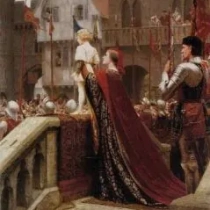
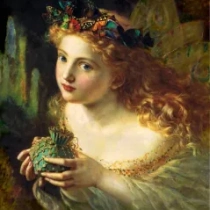
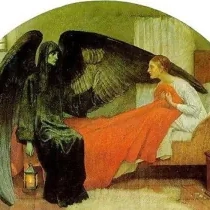
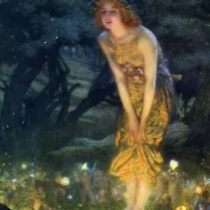
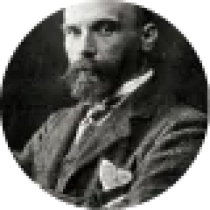
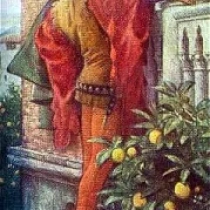
No Comments Yet...